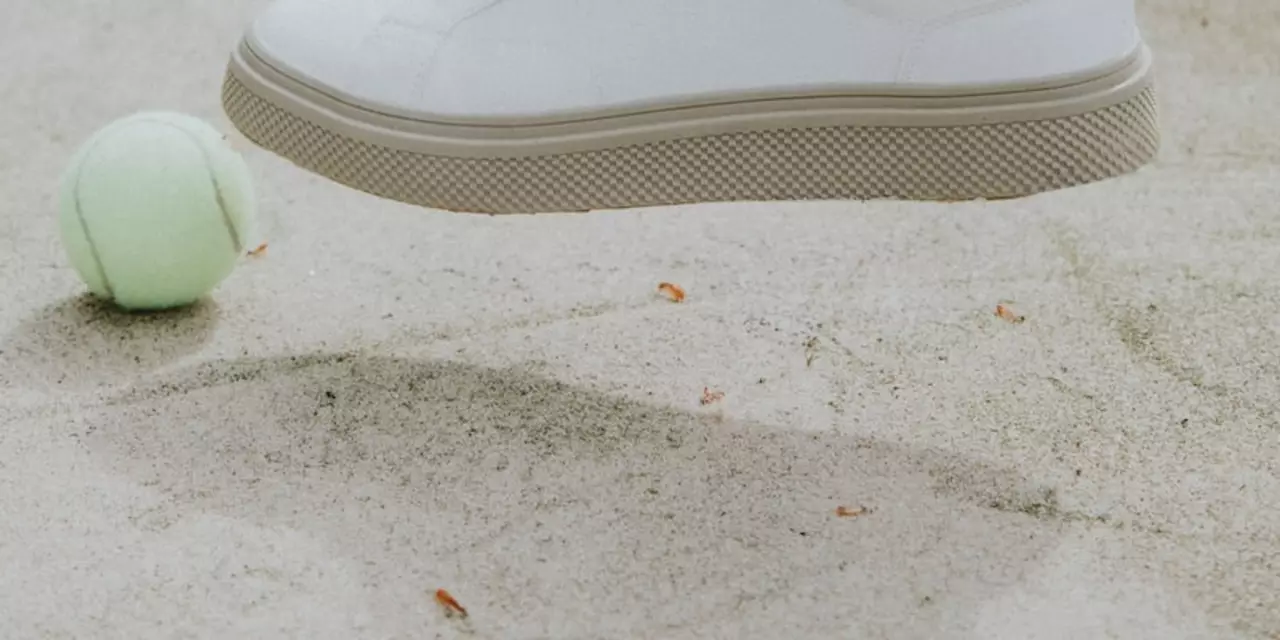Tennis Shoes: How to Choose the Right Pair for Your Game
If you’ve ever felt sore after a match, the culprit is probably your shoes. The right tennis shoes keep you steady, reduce injury risk, and let you play longer. Below is a no‑nonsense guide that helps you pick a pair that fits your style, court surface, and budget.
Key Features to Look For
Fit and comfort. Shoes should feel snug around the heel but leave a thumb’s width of room at the toe. Slip your foot in, stand up, and walk a few steps – if you feel any pinching, try the next size.
Cushioning. Look for responsive midsoles that absorb impact on hard courts and don’t feel too soft on grass. EVA foam and fresh‑gel cores are common choices.
Stability. Lateral support is vital because tennis involves quick side‑to‑side moves. Shoes with a firm heel counter and reinforced sidewalls keep your foot from rolling.
Outsole pattern. Hard courts need a durable, herringbone tread for grip. Clay shoes feature a tighter, looser pattern that slides a bit to prevent digging. Grass shoes are usually smoother with a nub pattern that protects the delicate surface.
Weight. Lighter shoes feel faster, but they should still offer enough protection. Most midsize men’s shoes sit around 10‑12 ounces; women’s are a bit lighter.
Top Shoe Types and When to Use Them
Hard‑court shoes. These are the most versatile. They combine durability with good shock absorption. If you play on concrete or acrylic surfaces, this is your go‑to.
Clay‑court shoes. The outsole is designed to release easily from the soft surface, reducing wear on the sole. If you spend most of your weeks in a red‑clay venue, grab a pair with a tighter tread pattern.
Grass‑court shoes. These have a flatter sole and small nubs that protect the turf while still giving you traction. Even if you only hit a few matches on grass, a dedicated pair can make a big difference.
All‑court shoes. Some brands market one shoe for every surface. They’re a decent compromise for players who rotate courts often, but they won’t excel on any single surface.
When you’ve narrowed down the type, try a few brands in the store. Popular choices include Adidas Barricade, Nike Air Zoom Vapor, and Asics Gel‑Resolution. Each offers a different feel – Nike tends to be snappy, Adidas emphasizes stability, and Asics focuses on cushioning.
Don’t forget to break in your new shoes with a few light sessions before a big match. This helps the upper material soften and prevents blisters.
Finally, replace your shoes every 6‑12 months or after 300‑400 miles of play. Worn out midsoles lose shock absorption, and the outsole loses grip, which can lead to injuries.
Choosing the right tennis shoes doesn’t have to be confusing. Focus on fit, cushioning, stability, and the right outsole for your court. Test a few pairs, watch the wear, and you’ll keep your feet happy and your game strong.
It is possible to wash tennis shoes in a washing machine, however it is not recommended. Washing machines can cause the shoes to fade and wear out quicker than they should. Hand washing or spot cleaning is the best method, as it preserves the material and colour. Additionally, the shoes should always be put inside a pillowcase or laundry bag to prevent damage to both the shoes and the washer. Shoes should also be air-dried, as putting them in the dryer may cause further damage.
Continue reading...



